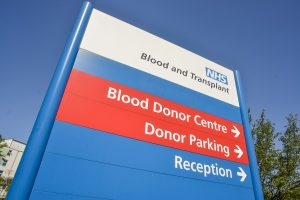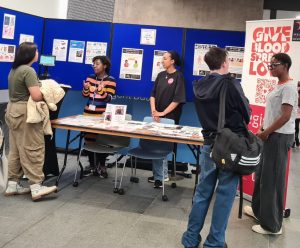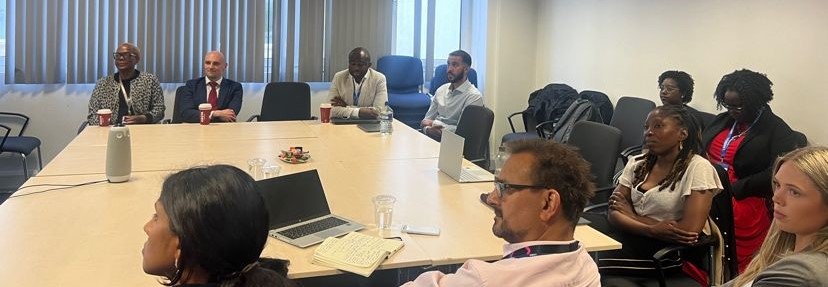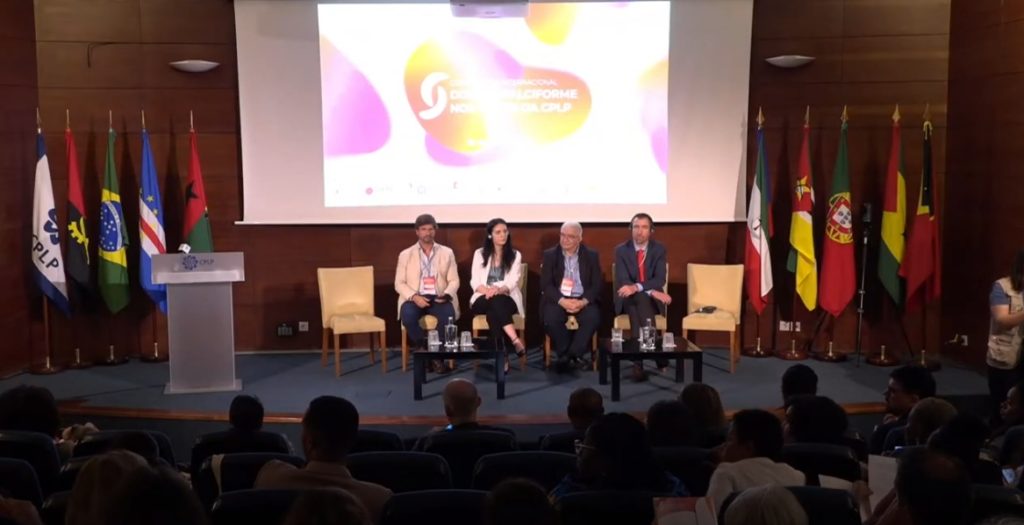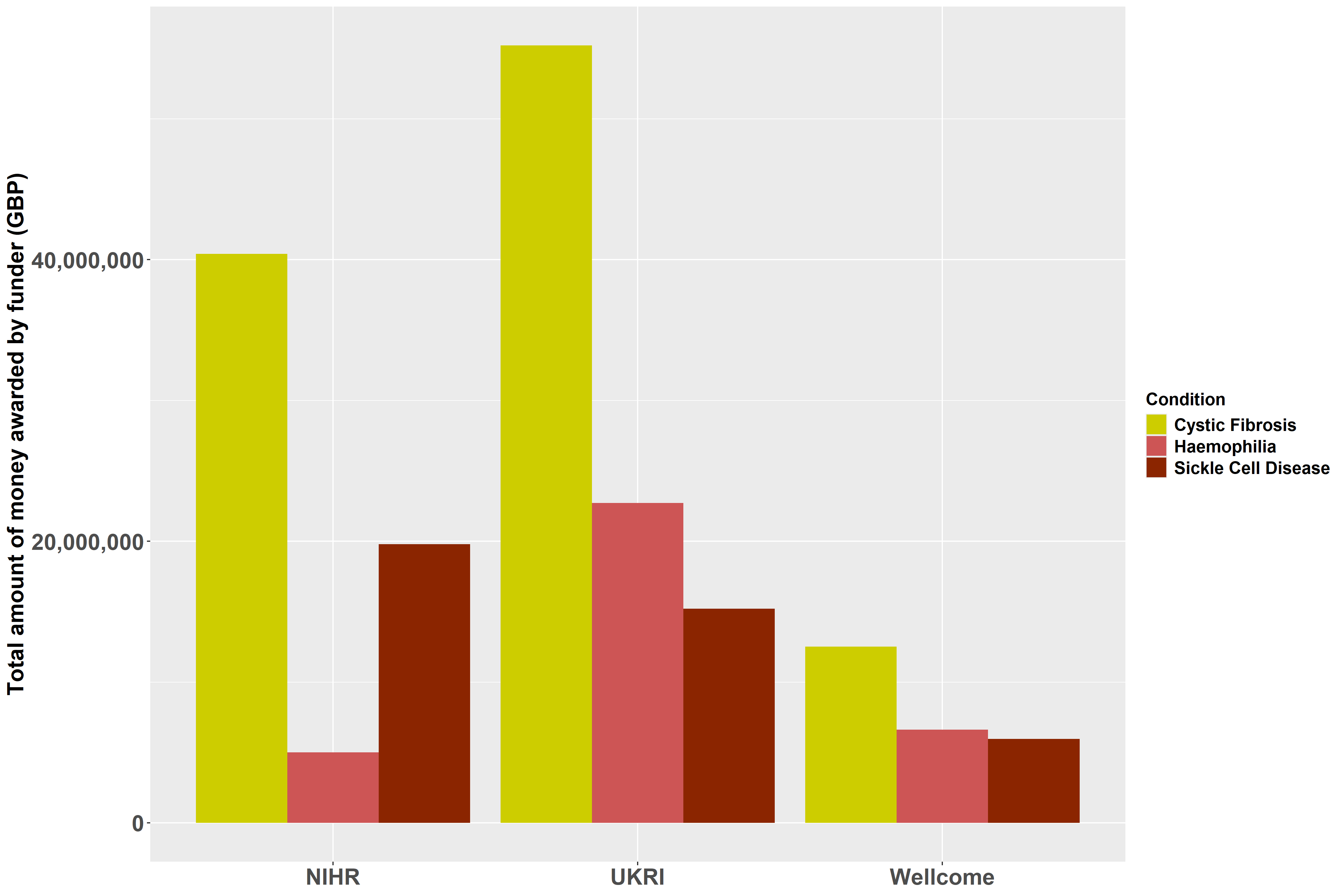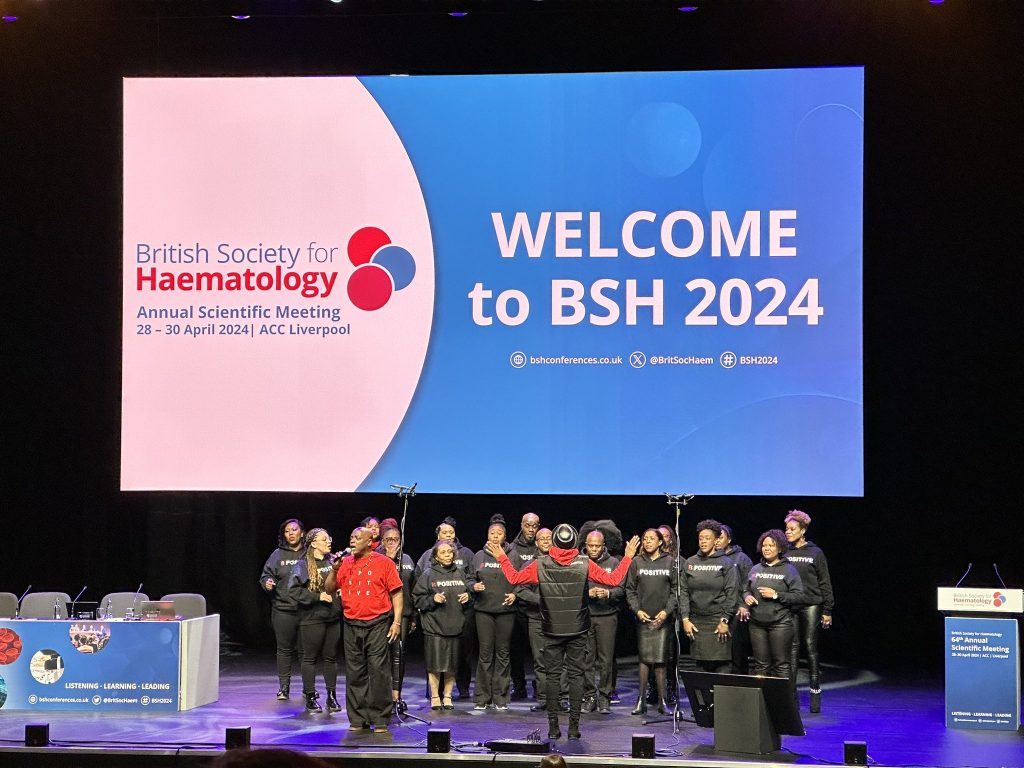A quick recap
In January, we shared updates on our NHS RHO comparative research project and a range of upcoming sickle cell events and projects.
What have we been up to?
In February and March, we focused on patient engagement events around sickle cell research and attended an in-person meeting on the latest sickle cell research in the UK and across the world.
1. Sickle Cell Research: A Day of Learning, Art, and Empowerment
 Rutendo volunteered in planning and delivering a Genomics England funded sickle cell event which took place on Saturday 29th March at Chelsea Football Club. The event, dedicated to people living with sickle cell and their carers, focused on sickle cell research and how people with lived experience can get involved in research.
Rutendo volunteered in planning and delivering a Genomics England funded sickle cell event which took place on Saturday 29th March at Chelsea Football Club. The event, dedicated to people living with sickle cell and their carers, focused on sickle cell research and how people with lived experience can get involved in research.
The day featured a rich variety of activities such as panel discussions, art exhibitions, music performances and workshops that brought together healthcare professionals, researchers, people living with sickle cell and artists.
2. Patient-centred sickle cell disease management in sub-Saharan African (PACTS) annual meeting

Fred is leading a work package on Mapping and Epidemiology as part of a multi-country project between the UK, Ghana, Nigeria and Zambia. The project is funded by the National Institute of Health & Care Research (NIHR) and led by Professor Imelda Bates at the Liverpool School of Tropical Medicine. Reuben, who works with Fred, presented recent geo-mapped data collected from people with sickle cell attending 6 different health care facilities around Abuja, which will help us to better understand barriers and facilitators of access to healthcare in these settings.
3. Global Congress on Sickle Cell Disease

Scientists and healthcare professionals often meet up in conferences or events to present their latest findings, network and collaborate, and discuss particularly important issues. In early June, many of the international experts working on sickle cell disease will meet in Abuja, Nigeria for the 5th Global Congress on Sickle Cell Disease, organised jointly by the Global Sickle Cell Disease Network (GSCDN) and the Sickle Cell Support Society of Nigeria (SCSSN). Fred will be attending and presentting some of his work. If interested, you can find more information here.
Thank you for reading our blog. See you in May!
Rutendo & Fred

 We are submitting our report of our comparative work on inequalities in sickle cell to the
We are submitting our report of our comparative work on inequalities in sickle cell to the  This month ended with groundbreaking news as the gene therapy for sickle cell
This month ended with groundbreaking news as the gene therapy for sickle cell 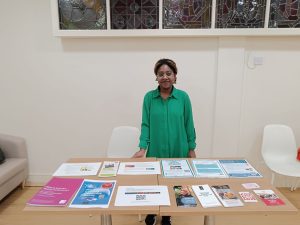 Earlier this month, Rutendo attended a public engagement event at The Healing Church of God in Christ (THCOGIC) in London. Dr Steven Okoli led a talk raising awareness of sickle cell and Rutendo discussed our current and future research on sickle cell with the congregation. It was great to see the congregation’s enthusiasm and motivation to raise awareness of sickle cell.
Earlier this month, Rutendo attended a public engagement event at The Healing Church of God in Christ (THCOGIC) in London. Dr Steven Okoli led a talk raising awareness of sickle cell and Rutendo discussed our current and future research on sickle cell with the congregation. It was great to see the congregation’s enthusiasm and motivation to raise awareness of sickle cell.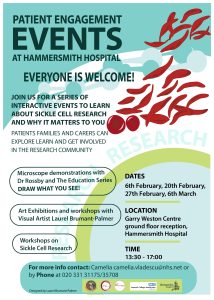 In February (20th and 27th) and March (6th),
In February (20th and 27th) and March (6th), 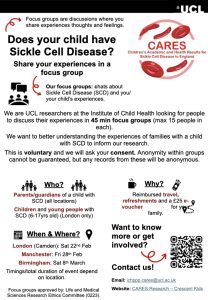 Researchers at the Institute of Child Health at UCL and
Researchers at the Institute of Child Health at UCL and 
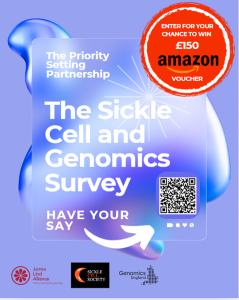

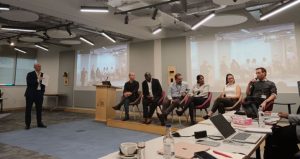 On Friday 25th October, Fred delivered a presentation on his sickle cell research at the launch event of the Sickle Cell Alliance at Imperial College London hosted by the Imperial Sickle Cell Group and Imperial Enterprise. The alliance seeks to build collaborative partnerships on sickle cell across faculties, institutions, and industries while informing national policy.
On Friday 25th October, Fred delivered a presentation on his sickle cell research at the launch event of the Sickle Cell Alliance at Imperial College London hosted by the Imperial Sickle Cell Group and Imperial Enterprise. The alliance seeks to build collaborative partnerships on sickle cell across faculties, institutions, and industries while informing national policy. conducted by University College London’s
conducted by University College London’s 


 On 27th June this year, the hit show Supacell premiered on Netflix. The superhero drama, created and produced by Andrew Onwubolu (known as Rapman), follows a group of black Londoners who develop superpowers triggered by sickle cell. Rapman told
On 27th June this year, the hit show Supacell premiered on Netflix. The superhero drama, created and produced by Andrew Onwubolu (known as Rapman), follows a group of black Londoners who develop superpowers triggered by sickle cell. Rapman told

